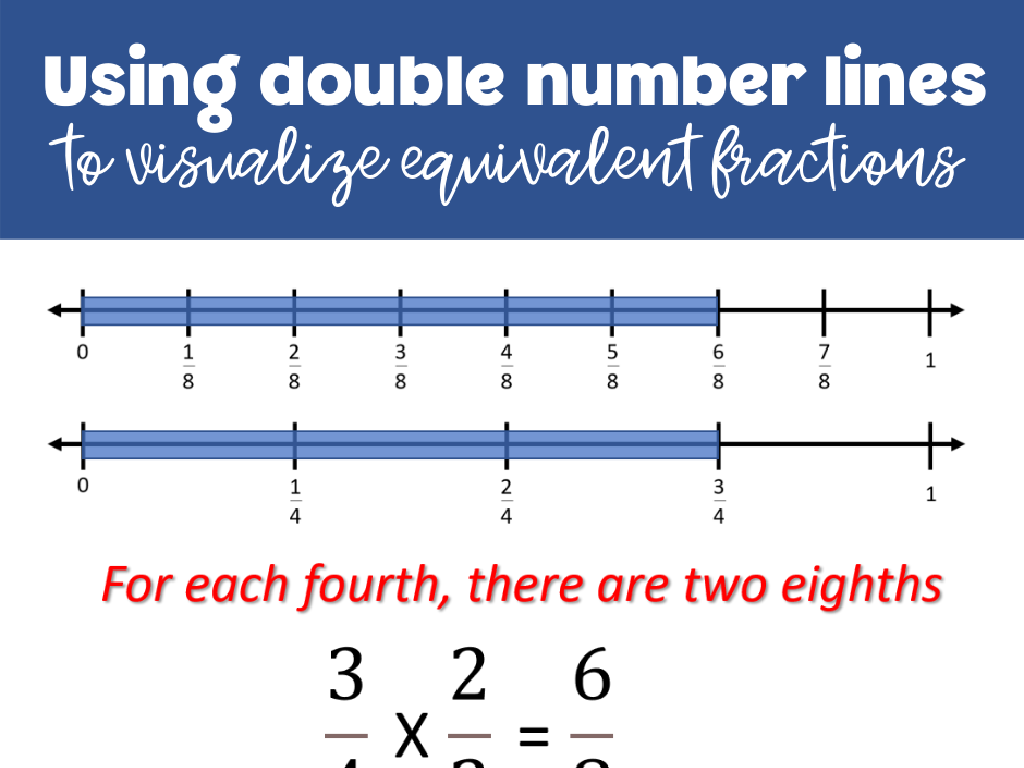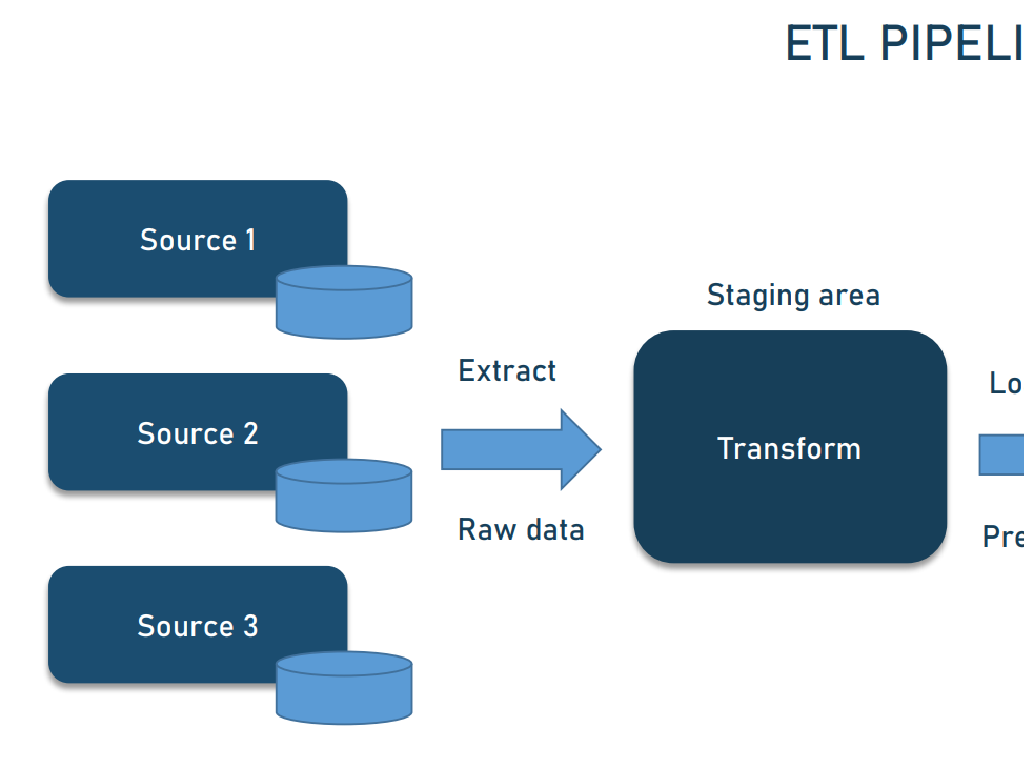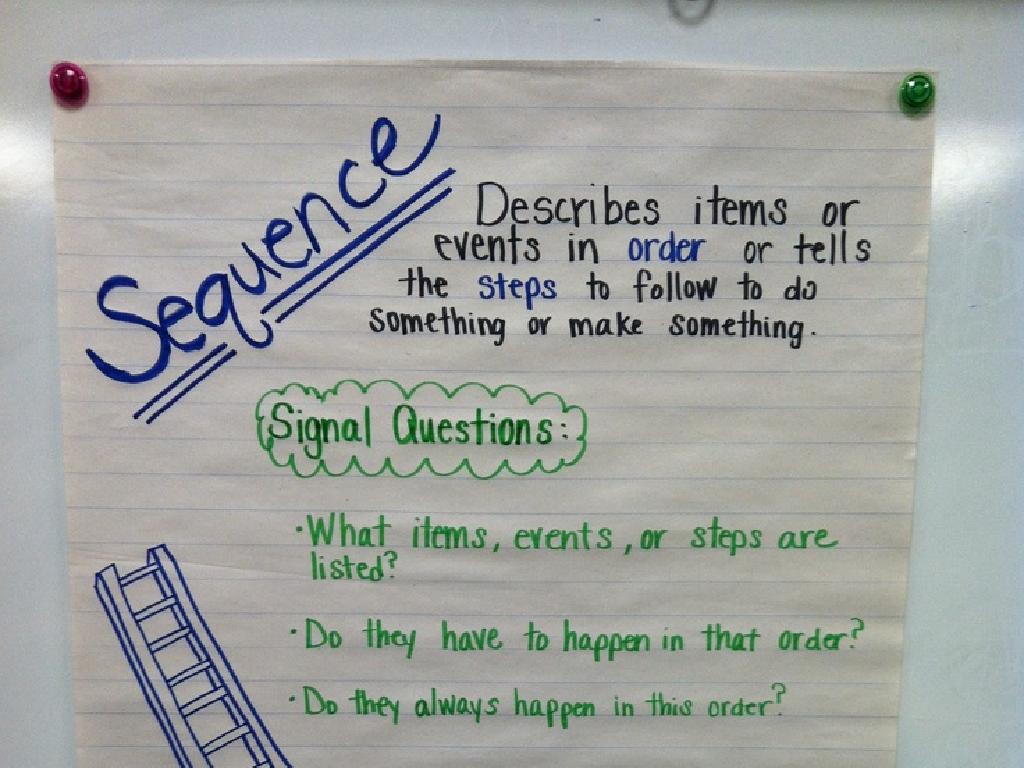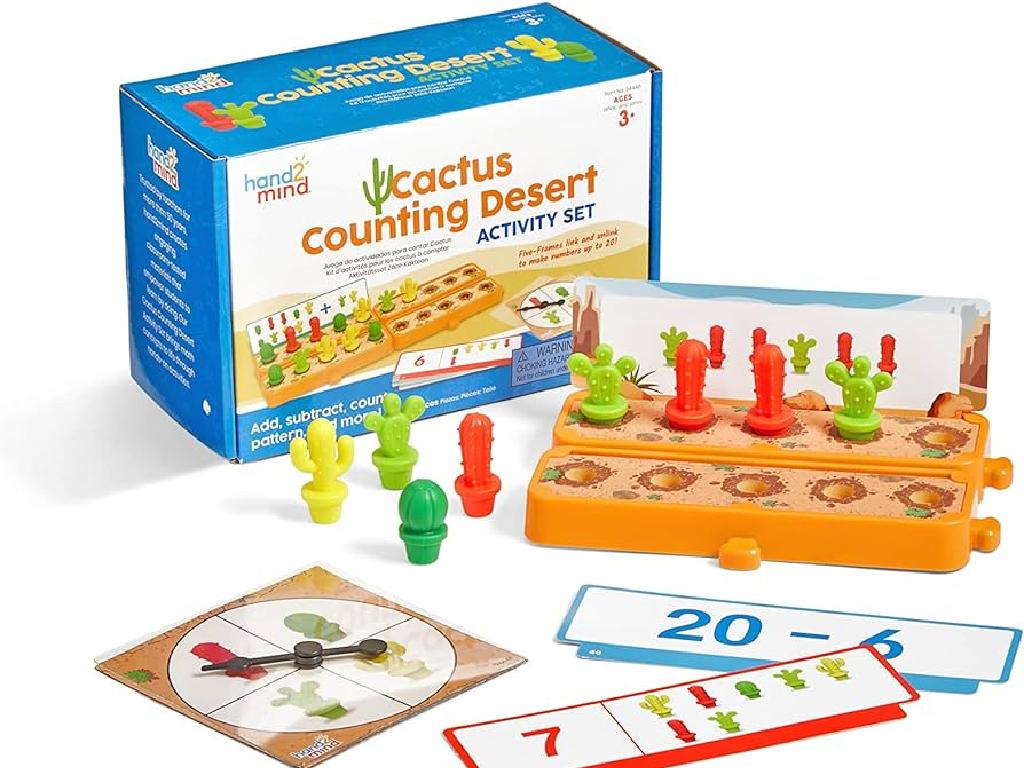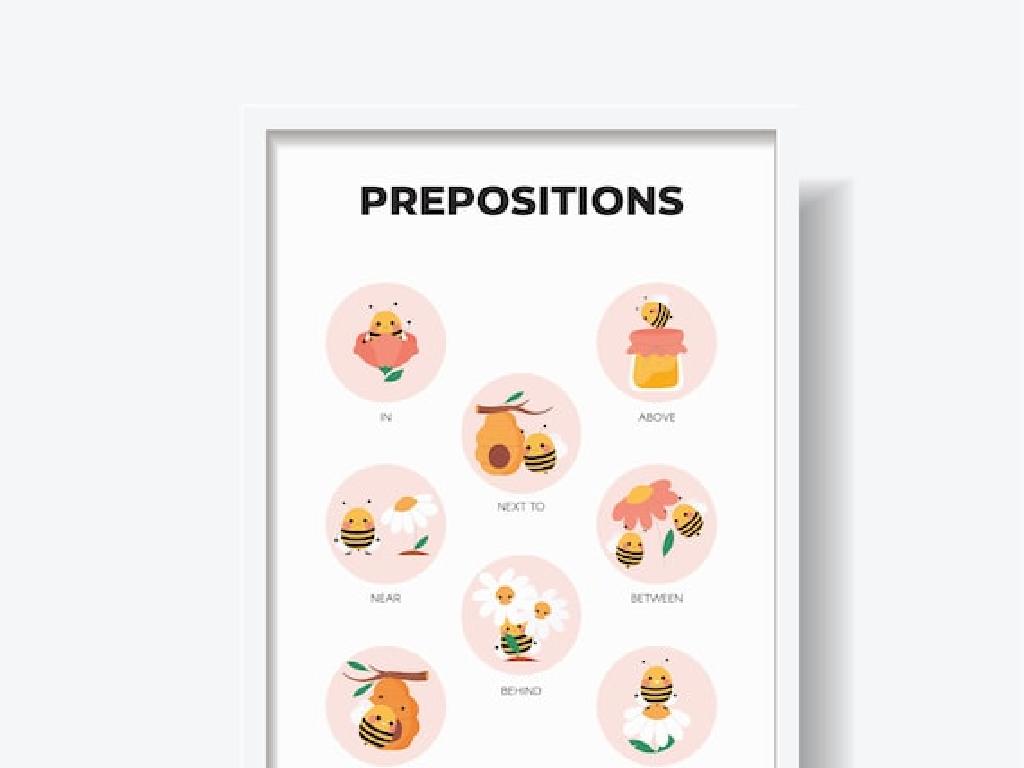Determine The Meaning Of Domain-Specific Words With Pictures
Subject: Language arts
Grade: Fourth grade
Topic: Context Clues
Please LOG IN to download the presentation. Access is available to registered users only.
View More Content
Becoming Word Detectives with Context Clues
– Embark on a word detective adventure
– Learn to uncover meanings of new words
– Use hints from the text around the word to guess its meaning
– Discover what domain-specific words are
– Words specific to a particular field or subject, like ‘habitat’ in science
– Use pictures to decode word meanings
– Pictures can give clues about words related to a topic, like a stethoscope for ‘medicine’
|
In this slide, we introduce students to the concept of using context clues to determine the meaning of new or unfamiliar words, with a focus on domain-specific vocabulary. Domain-specific words are terms that are particularly used within a specific field of study or interest, such as ‘photosynthesis’ in science or ‘alliteration’ in poetry. Encourage students to become ‘word detectives’ by looking for hints in the text or images that surround unfamiliar words. This can include definitions, examples, or pictures that relate to the word. Engage the students with the idea that they can use these skills to decode the meaning of new words without always needing to consult a dictionary, fostering independence and confidence in their reading comprehension.
Understanding Context Clues
– Context clues help define words
– Clues in sentences that explain new words
– Types: Definition, Synonym, Antonym, Example, Inference
– Definition: word is defined in the sentence. Synonym: same meaning. Antonym: opposite. Example: shows how it’s used. Inference: guess based on text.
– Importance of context clues
– They help us understand new vocabulary without a dictionary
– Practice with pictures
|
This slide introduces the concept of context clues to fourth-grade students, emphasizing their role in understanding new or difficult words encountered in texts. Context clues can be found within the sentences or paragraphs where the new word appears and can take various forms, such as direct definitions, synonyms, antonyms, examples, or general inferences based on the surrounding text. Highlight the importance of context clues in building vocabulary and comprehension skills, especially when reading domain-specific materials. Encourage students to use pictures and visual aids to associate words with their meanings. In the next class, plan activities where students use pictures to identify the meaning of new words, reinforcing the types of context clues discussed.
Understanding Domain-Specific Words
– What are domain-specific words?
– Words used in a specific field of study
– Examples from science and math
– ‘Larva’ is to science as ‘sum’ is to math
– The importance of these words
– They help us understand subjects better
– Using pictures to learn them
– Visual aids make learning new terms easier
|
This slide introduces the concept of domain-specific words, which are terms that are particularly used in a specific field of study or subject. For example, ‘larva’ is a term used in science, specifically in biology, to describe the early form of an animal that undergoes metamorphosis. ‘Sum’ is a term used in mathematics to describe the total obtained by adding numbers. Understanding these words is crucial for students as it helps them to grasp the content of a subject more effectively. Using pictures and visual aids can be a powerful tool in helping students to remember and understand these terms. During the presentation, show images of a larva and a simple math problem depicting a sum to visually reinforce the meaning of these words. Encourage students to think of other domain-specific words and how they might illustrate them with pictures.
Using Pictures to Understand Words
– Pictures as meaning hints
– Visual clues in pictures can suggest what a word means.
– Connect words and images
– Associating a word with an image can make it easier to remember.
– Practice with examples
– We’ll look at pictures and guess the word they represent.
– Enhance memory and learning
– Visual aids make learning new vocabulary fun and effective.
|
This slide is aimed at helping students use visual context to determine the meaning of domain-specific words. By associating words with relevant images, students can more easily infer the meaning and retain the vocabulary. During the presentation, show pictures that illustrate the meaning of new words and ask students to guess the word based on the image. This interactive approach engages students and helps solidify their understanding of how pictures can serve as context clues. Encourage students to create their own flashcards with words and pictures as a study aid. In the next class, review the words and pictures to reinforce learning.
Understanding ‘Habitat’ Through Pictures
– ‘Habitat’ relates to living environments
– It’s the natural home for animals or plants
– Observe a picture of a habitat
– Describe the habitat in the picture
– Notice things like water, trees, and shelters
– Guess ‘habitat’ meaning using the image
– Use visual clues to define ‘habitat’
|
This slide is aimed at helping students understand the concept of ‘habitat’ by using visual context clues. Start by explaining that a habitat is the natural environment where a plant or animal lives. Show them a picture of a habitat, such as a forest, a desert, or an ocean, and ask the students to describe what they see. Encourage them to identify elements in the picture that make it suitable for certain animals or plants to live there. Then, guide them to use these visual clues to infer the meaning of the word ‘habitat’. This activity will help students connect domain-specific vocabulary with visual examples, enhancing their understanding and retention of the term.
Understanding ‘Fraction’ with Pictures
– ‘Fraction’ often used in math
– Describe a fraction using a picture
– A fraction represents a part of a whole, like a slice of pizza.
– Picture clues about ‘fraction’
– If a pizza is cut into 4 pieces, one piece is a fraction: 1/4 of the pizza.
– Discussing ‘fraction’ in class
|
This slide is aimed at helping students understand the concept of fractions using visual aids. Start by explaining that ‘fraction’ is a term commonly used in mathematics to represent parts of a whole. Show them a picture of a whole item, like a pizza, divided into equal parts. Ask the students to describe what a fraction is based on the picture. For example, if a pizza is cut into four pieces, one piece would be a fraction of the pizza, specifically 1/4. Use the picture to point out that the bottom number (the denominator) indicates into how many parts the whole is divided, while the top number (the numerator) shows how many parts we are considering. Encourage students to share their own interpretations of the picture and what it tells them about the meaning of ‘fraction’. This interactive discussion will help solidify their understanding of fractions in a tangible and visual way.
Practice Time: Pair Up & Discover Words!
– Pair up with a classmate
– Use pictures to guess word meanings
– Look at the images and think what the word could be about
– Discuss your ideas together
– Explain your thoughts to your partner
– Share your guesses with the class
|
This slide is designed for a classroom activity where students will work in pairs to determine the meaning of new, domain-specific words using visual context clues. Provide students with pictures that illustrate the use or concept of the words you want them to learn. Encourage them to discuss with their partners how the picture relates to the word and what they think the word means. After the activity, ask pairs to share their answers and thought process with the class. This will help students understand how to use visual clues to infer the meaning of unfamiliar words and will also foster collaborative learning. As a teacher, be prepared to guide discussions and clarify any misconceptions. Possible words for this activity could include ‘habitat’, ‘chlorophyll’, ‘carnivore’, or ‘amphibian’, with corresponding pictures that show these concepts in context.
Class Activity: Word Detective Game
– Become a word detective
– Search for domain-specific words
– Find words related to a specific subject
– Use clues and pictures for meaning
– Look at the words around it and any images
– Discuss findings with the class
|
In this engaging class activity, students will act as word detectives to locate domain-specific words within a word search puzzle. Provide a word search grid with words that are specific to a subject they are familiar with, such as ‘science’ or ‘math’. Once they find a word, they should use the surrounding words and any accompanying pictures to infer the meaning of each domain-specific word. After the activity, have a discussion where students share the words they found, the clues that helped them, and the definitions they determined. This will help reinforce their understanding of using context clues and visual aids to interpret vocabulary. Prepare a list of 4-5 different puzzles with varying themes to cater to different interests within the class.
Conclusion & Reflection: Domain-Specific Words
– Recap on domain-specific words
– Context clues & pictures as tools
– Clues and images make hard words easier to understand.
– Share a new word and its meaning
– For example, ‘habitat’ might be shown with a picture of a forest for animals.
– Reflect on today’s learning
|
As we wrap up today’s lesson, let’s reflect on the importance of domain-specific words and how they help us understand specific subjects better. Context clues and pictures are valuable tools that can guide us to infer the meaning of new or difficult words, especially when they are unique to a particular field like science or history. Encourage each student to think of one new word they learned today, discuss its meaning, and how they used context clues or pictures to understand it. This reflection will help reinforce their learning and the strategies they can apply in the future when encountering unfamiliar vocabulary.

